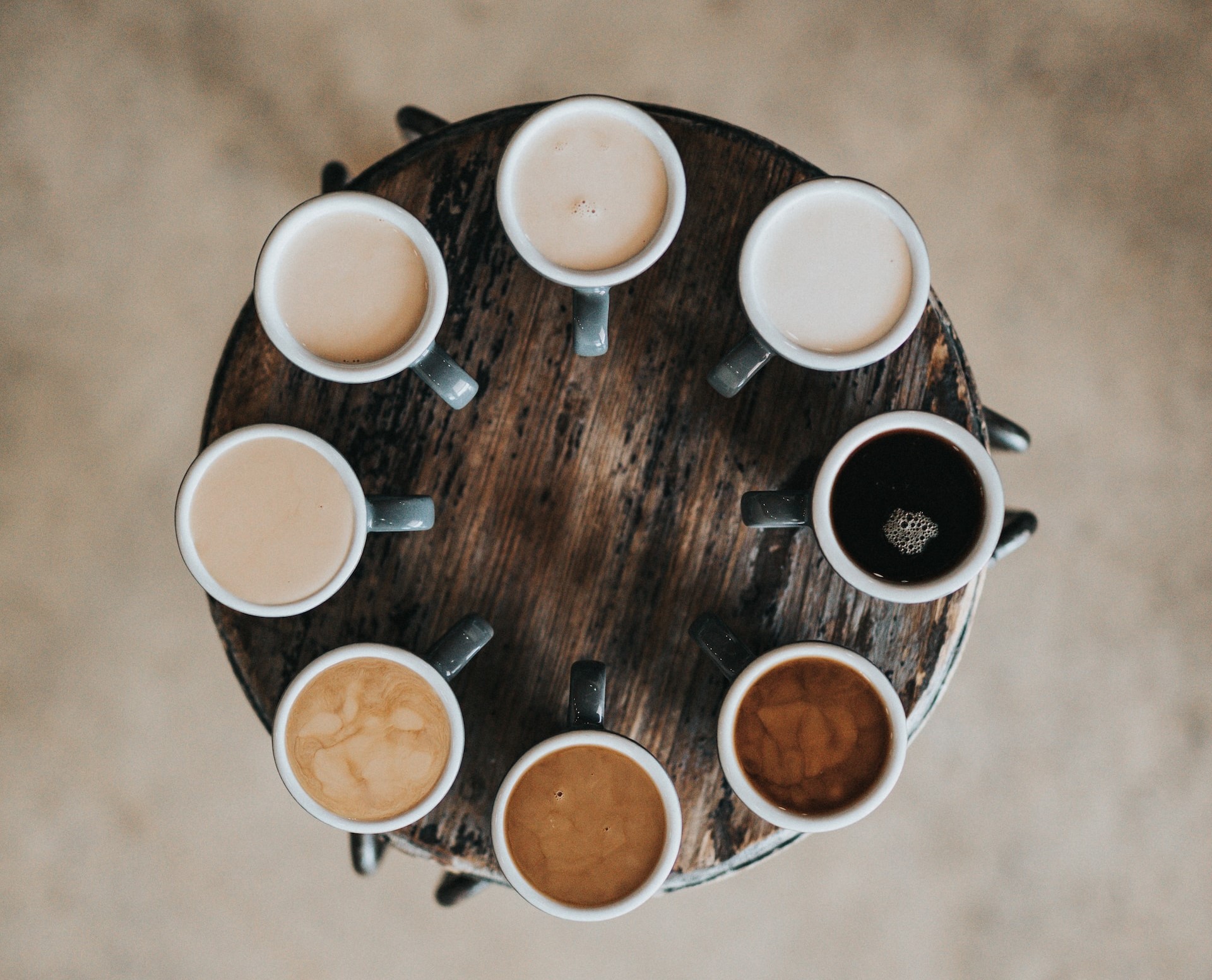
Make Better Coffee With These Coffee Hacks
Have you ever wondered “How can someone even make ‘bad’ coffee” after watching Friends for the third time? Me too! So here are a few tips for making better coffee.
The Idea is to think in incremental changes, because there’s nothing more than making little things that compound into making large improvements in every cup of coffee you brew.
“Good” and “bad” coffee is determined by a handful of factors. The extraction rate depends on the grind sizes for brewing methods, which in conclusion affects the taste of the coffee.
Grind size types depend on your desired brewing style, as mentioned in a previous article.
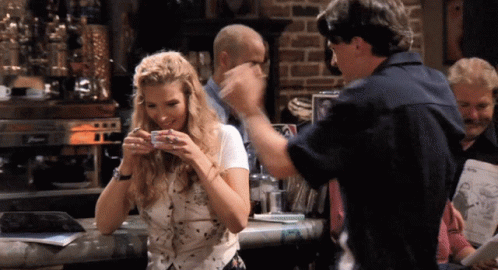
The Fine Lining for Making Better Coffee
Everything boils down to three things basically; the brewing time, grind size and brewing style, which are codependent on each other; there are specific grind sizes for specific brewing methods and styles.
Brewing Time
The most important thing to understand when brewing your own coffee is “extraction rate”, it’s what makes or breaks a batch of coffee.
Extraction rate determines how fast coffee forms as water passes through your ground beans.
The higher the extraction rate, the higher the concentration of your coffee. The higher the extraction rate, the shorter our brewing time.
Due to this here are things you should avoid in order to make good coffee; firstly, over-extraction and under-extraction; Without a doubt, your number one task is to select a grind size, then extract a decent amount of flavour from your ground beans; too little flavour, you’ve under-extracted, too much and you have the world’s most bitter coffee aka over-extraction.
Over-extraction is characterised by a bitter and strong taste. Under-extraction will taste sour, and acidic.
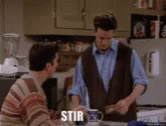
Grind Size and Brewing Methods for Making Better Coffee
There are seven types of grind sizes; extra-coarse, coarse, medium-coarse, medium, medium-fine, fine and extra-fine and in addition, these sizes have suitable pairing with brewing methods and styles.
Our focus will be on the suitable grain sizes for Moka pot, French Press and Chemex.
Moka Pot
Most suitable size – Fine grind.
Also known as the Espresso grind size, well because Moka Pots are stovetop espresso machines*. Because of the fine quality of the grind, the extraction time is small, which in turn, makes one of the strongest shots of coffee you can find.
The ground beans should resemble, or sometimes be a little finer than table salt. It is the most common grind size available in the market as well.
French Press
Most suitable size – Coarse grind.
Medium-fine to medium and medium coarse is fine as well.
Coarsely ground coffee beans should resemble sea salt is the perfect pairing with the French press which in addition makes rich, creamy coffee thanks to the full immersion of the ground beans, with a brewing time of four-minutes.
Altogether the coarse grind makes sure you don’t find any stowaway chopped up coffee beans in your cup as it passes through the French press’s filter.
PRO TIP- Increase your grind size if your coffee looks muddy.
Chemex
Most suitable size – medium-coarse grind.
Medium-fine to medium and medium coarse is fine as well.
Chemex coffee makers brew with an immersion process, which in good faith is somewhat like a French press, with the addition of a filter and a kettle.
It also has the coarsest grind selection of all the pour over styles because of its dense filter paper.
If you’re very serious about brewing great coffee like we are at Tigray, you need to start thinking about properly grinding coffee.
- Rwandan Coffee: From Farmer to Fairtrade. - August 8, 2024
- The Rise of Coffee in Thailand - August 1, 2024
- Kenyan Coffee: From Colony to Connoisseur. - July 25, 2024
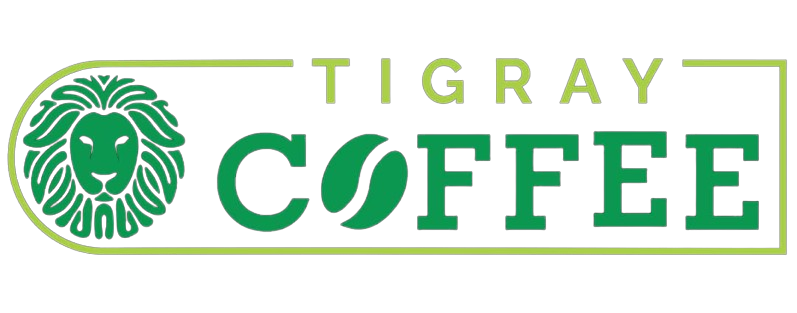
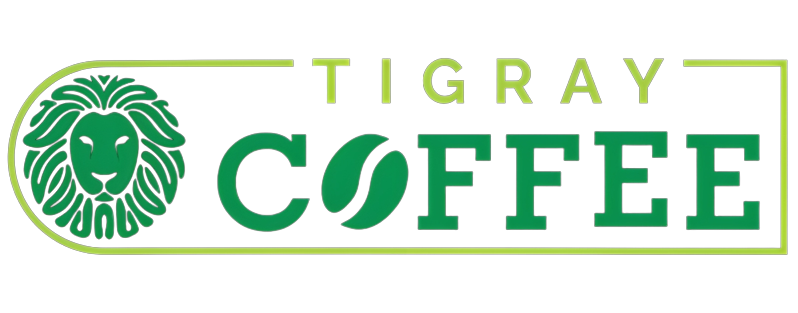

No Comments